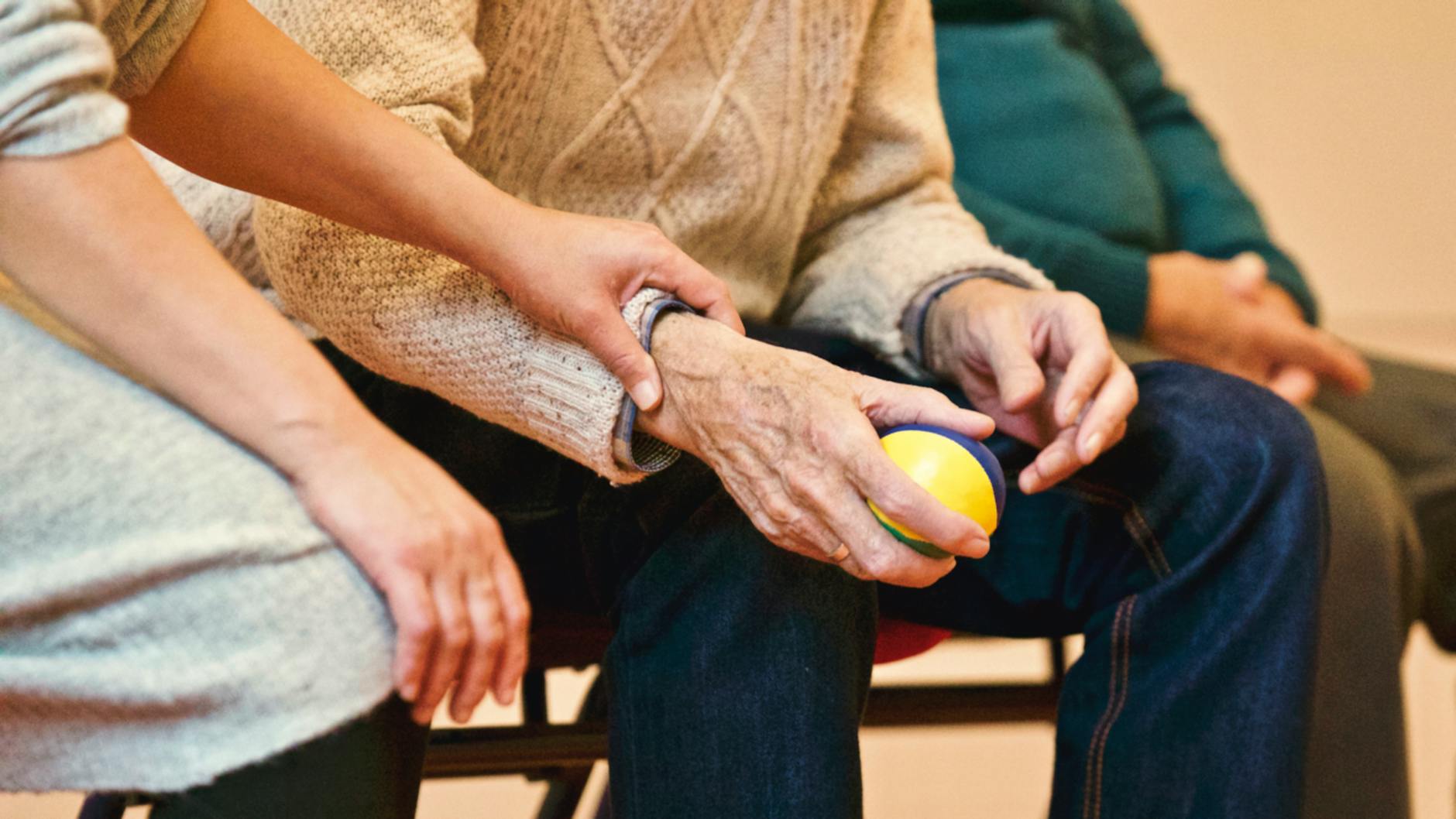Paruresis Treatment System: A Comprehensive Guide for 2024
For those grappling with paruresis, often known as shy bladder syndrome, the struggle is both real and deeply personal. This social phobia affects countless individuals, making a seemingly simple act—urinating in public restrooms—a source of anxiety and discomfort. Imagine the stress of being unable to perform basic functions due to overwhelming nerves. It’s not just about inconvenience; paruresis can significantly impact one’s day-to-day life, from road trips and social outings to workplace productivity.
Understanding the problem is essential, but knowing there’s hope and effective solutions can be life-altering. The Paruresis Treatment System offers a path to reclaiming control, employing strategies that target the root of the issue rather than just treating symptoms. By exploring therapeutic approaches and practical tools, individuals can gradually desensitize their anxiety responses, leading to more freedom and less stress in everyday situations. Embrace the possibility of overcoming shy bladder syndrome and stepping into a life unhampered by fear.
Learn more about The Paruresis Treatment System
What is Paruresis?
Paruresis, commonly known as “shy bladder syndrome,” is a social anxiety disorder that creates immense difficulty for individuals when trying to urinate in public or within earshot of others. It’s as if the bladder itself becomes shy, unwilling to cooperate under social scrutiny. The condition affects both men and women, and while it might sound trivial to some, it can be a significant hurdle for those who experience it.
Symptoms of Paruresis
Understanding the symptoms of paruresis is crucial for recognizing and addressing the issue. Symptoms range from mild to severe and can manifest in various ways:
- Anxiety in Public Restrooms: This is often the most pronounced symptom. Individuals may feel their heart racing or experience intense fear when faced with the prospect of using a public toilet.
- Inability to Urinate in Certain Situations: Some people may only be able to urinate at home or in absolute privacy, avoiding situations where others are present.
- Physical Discomfort: The physical urge to urinate without being able to can cause discomfort, increasing the anxiety associated with the condition.
- Avoidance Behavior: Those affected might avoid social outings or travel due to the fear of needing to use public restrooms.
For more information on the symptoms of Paruresis, you can visit Cleveland Clinic’s comprehensive guide.
 Photo by RDNE Stock project
Photo by RDNE Stock project
Causes of Paruresis
The causes of paruresis can be complex, involving both psychological and physiological elements:
- Psychological Factors: Social anxiety plays a significant role. The fear of being judged or overheard can create mental blocks that prevent urination.
- Past Traumatic Experiences: Negative experiences in childhood, such as being teased or embarrassed by parents or peers while using the restroom, can lay the groundwork for this condition.
- Lack of Privacy: This is often considered a trigger rather than a direct cause. Public restrooms rarely offer complete privacy, which can exacerbate the issue for those already anxious.
For a deeper dive into the causes of Paruresis, WebMD provides a comprehensive overview that might add value to your understanding.
By recognizing these symptoms and understanding their causes, individuals can begin to find solutions and treatments tailored to their needs. Paruresis is not just about being shy; it’s a condition that deserves attention and understanding.
Effects of Paruresis on Daily Life
Experiencing paruresis, often referred to as “shy bladder syndrome,” can feel like being trapped in an invisible cage. The fear of using public restrooms isn’t just an inconvenience; it can shape the very fabric of your daily life. From social gatherings to workplace demands, this condition can hold you captive in unexpected ways.
Social and Emotional Impact
Paruresis doesn’t merely limit your ability to urinate in public; it extends its reach into your social interactions and emotional well-being. Imagine the stress of attending a party, worried that you might need to find a bathroom, or the anxiety of going on a date, fearing you’ll embarrass yourself. Many suffering from paruresis choose to avoid such social situations entirely.
- Isolation: Those with paruresis may withdraw from social activities because they’re afraid of needing to use a restroom. According to Cleveland Clinic, people often avoid gatherings where restroom access feels intimidating.
- Anxiety and Stress: The constant worry about needing a toilet can lead to heightened anxiety. This can escalate to a fear of judgment from others, amplifying feelings of embarrassment and shame. UCLA Health notes that this condition can interfere significantly with personal relationships and social life.
The emotional toll of paruresis can be overwhelming, leading to a cycle of avoidance and further isolation. Your life may revolve around where and when you can comfortably relieve yourself, making what should be everyday experiences seem daunting.
Impact on Employment
The workplace is another arena where paruresis flexes its grip. From impacting performance to influencing career choices, the effects are far-reaching.
- Job Performance: The need to strategically plan restroom visits or avoid them entirely might hinder concentration and efficiency at work. It becomes challenging to focus when your mind is preoccupied with when and how you’ll manage to go.
- Work Environment: Some jobs naturally require restroom breaks, but for someone with paruresis, this aspect can be a deal-breaker. Employer awareness and understanding vary, as detailed in Foley & Lardner’s article, which explains the hurdles employees face due to this condition.
The consequences may not stop at daily tasks. The inability to perform standard urinalysis drug tests due to paruresis can even jeopardize employment opportunities, as highlighted by the Paruresis Association.
Paruresis affects more than just bathroom visits; it seeps into the core of daily living, altering the way you interact with others and how you work. The journey to manage it includes understanding its impact on various life dimensions and seeking supportive measures that allow for a more fulfilling experience.
Treatment Options for Paruresis
If you’ve ever felt a pang of panic at the thought of using a public restroom, you’re not alone. Paruresis, often referred to as “shy bladder syndrome,” is a common social anxiety where individuals find it difficult to urinate when others are nearby. Fortunately, several treatment options can help manage and potentially overcome this condition, allowing those affected to reclaim their public lives.
Cognitive Behavioral Therapy (CBT)
Cognitive Behavioral Therapy (CBT) plays an essential role in treating Paruresis by targeting the thoughts and behaviors that contribute to the anxiety. It is known for its effectiveness in reducing symptoms by focusing on desensitization. CBT involves several steps where individuals are gradually exposed to their fears in a controlled manner, which helps them to manage anxiety in real-life situations. Through this method, CBT empowers individuals to challenge their fears and consider new perspectives. Many studies have shown that CBT can lead to long-term improvement for those with Paruresis. For more information, you can explore this article on CBT for Paruresis.
Graduated Exposure Therapy
Graduated Exposure Therapy is often considered a cornerstone treatment for Paruresis. This method involves facing fears incrementally, starting with less anxiety-provoking scenarios and gradually moving to more challenging ones. For instance, a person might begin by using a single-stall restroom at home and work their way up to using a busy public restroom. By slowly building confidence, this therapy helps individuals lessen their fear response over time. According to research, around 80% of individuals see improvement with this approach. The step-by-step process of exposure can help take the fear out of the unknown, turning a once-formidable challenge into a manageable task. Find out more about this therapy on Better Health’s Shy Bladder Syndrome page.
Medication Options
While therapy is a primary treatment, medication can also play a supporting role in alleviating symptoms of Paruresis. Medications like anxiety-relieving drugs such as alprazolam (Xanax) or diazepam (Valium), and antidepressants like fluoxetine (Prozac) or paroxetine (Paxil), are sometimes prescribed. These can help reduce the underlying anxiety associated with using public restrooms. However, it’s important to note that medication is often seen as a short-term solution and should be combined with therapy for the best results. More insights about this can be found in this article on Healthline about shy bladder treatments.
Self-Help Strategies
There are also various self-help strategies that can be very beneficial for managing Paruresis. These might include:
- Relaxation Techniques: Practicing deep breathing and muscle relaxation exercises can reduce anxiety and nervousness.
- Visualization: Imagining a calm and stress-free scenario when in a restroom can help.
- Selective Disclosure: Sharing your anxiety with a trusted friend or partner might help ease the burden.
- Positive Reinforcement: Celebrate small victories and progress to boost confidence.
Incorporating these practical strategies into daily routines can provide individuals with additional tools to manage Paruresis effectively. For those interested in learning more, Verywell Mind provides great tips on exposure therapy.
Ultimately, overcoming Paruresis is a journey that requires patience and persistence. With treatment plans tailor-fitted to individual needs, many find they can significantly improve their quality of life, regaining the freedom to go about their daily activities without fear.

Photo by Anna Tarazevich
Learn more about your paruresis, what causes a shy or bashful bladder
Resources and Support
Navigating through paruresis, or shy bladder syndrome, can be challenging, but you’re not alone. Many resources and support systems are available to help you cope and ultimately overcome this condition. The following sections will explore the benefits of online support groups and how professional help can assist those struggling with paruresis.
Online Support Groups
 Photo by Matthias Zomer
Photo by Matthias Zomer
Online support groups offer a safe space where individuals can share their experiences and get support from others facing similar challenges. These communities often provide comfort and reassurance, helping you feel understood and less isolated.
Benefits of Online Support Groups:
- Shared Experiences: Connect with others who truly understand the struggles of paruresis, share stories, and exchange coping strategies.
- Anonymity: Engage with a community without revealing your identity, allowing for candid discussions.
- Accessibility: Access these groups anywhere, at any time, making it easier to seek immediate support.
Consider joining platforms such as the International Paruresis Association’s community boards or the IPA support groups to connect with others and gain insights into managing this condition.
Professional Help
Professional therapy can play a crucial role in dealing with paruresis. A therapist trained to handle shy bladder syndrome can offer targeted treatment, essential to overcoming symptoms and regaining control.
Finding the Right Therapist:
Here are some tips to help you find a therapist experienced in treating paruresis:
- Research Credentials: Look for therapists with experience in cognitive-behavioral therapy or exposure therapy, as these methods have proven effective.
- Consult Reputable Organizations: Reach out to specialized services such as the Shy Bladder Center to find qualified professionals near you.
- Consider Virtual Options: Online therapy can provide a more convenient and comfortable setting, especially if in-person sessions are daunting.
Utilize resources like National Social Anxiety Center to explore therapy options that suit your needs. Remember, seeking help is a strong and courageous step toward recovery.
Conclusion
The Paruresis Treatment System offers hope for those struggling with shy bladder syndrome. By combining cognitive-behavioral therapy techniques and gradual exposure, the program aims to empower individuals to manage their condition effectively.
Taking proactive steps toward treatment can significantly improve quality of life. Consider reaching out to professionals or exploring structured programs to begin your journey toward recovery.
Facing paruresis is a personal challenge, but with the right support and tools, overcoming it is within reach. Seek the path that suits you best and take the necessary steps toward reclaiming your freedom and confidence.
Thank you for investing your time in understanding this vital subject. Your thoughts and experiences matter, so feel free to share your journey. Remember, your progress starts with a single step toward treatment and support.
